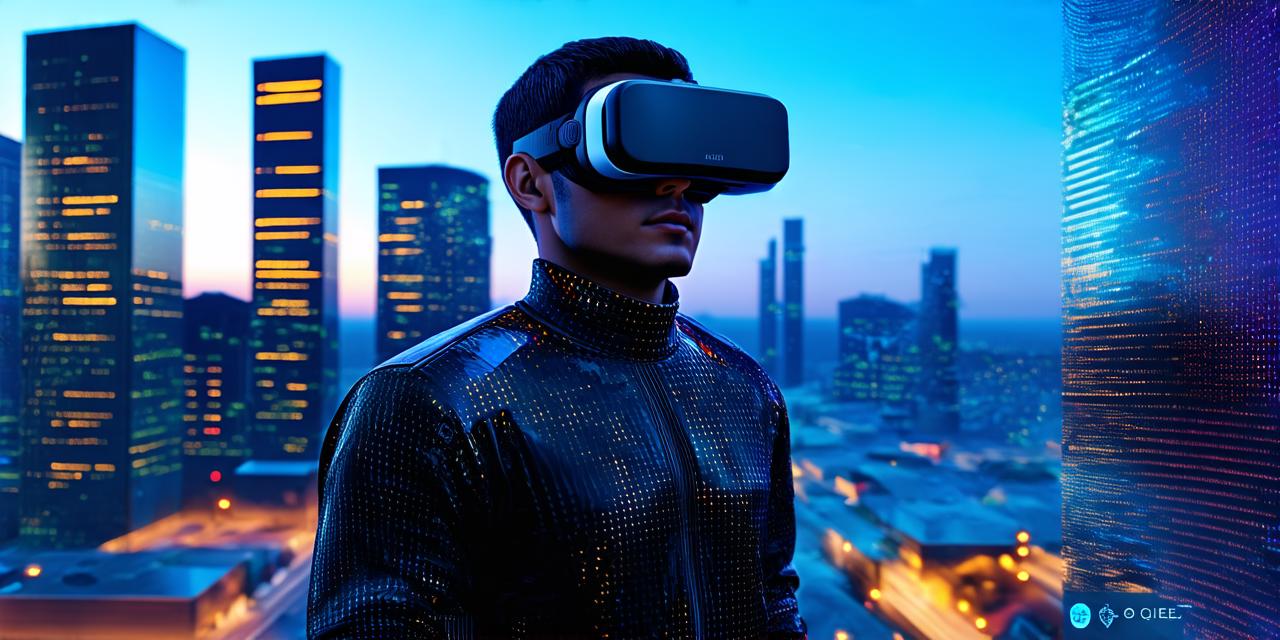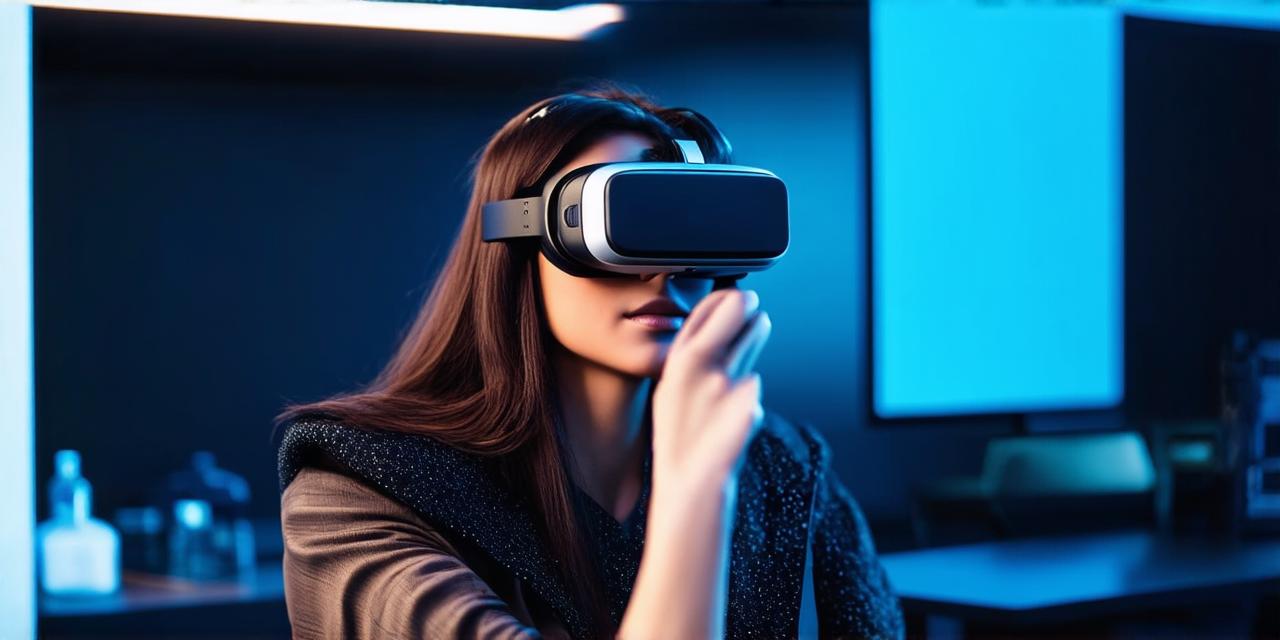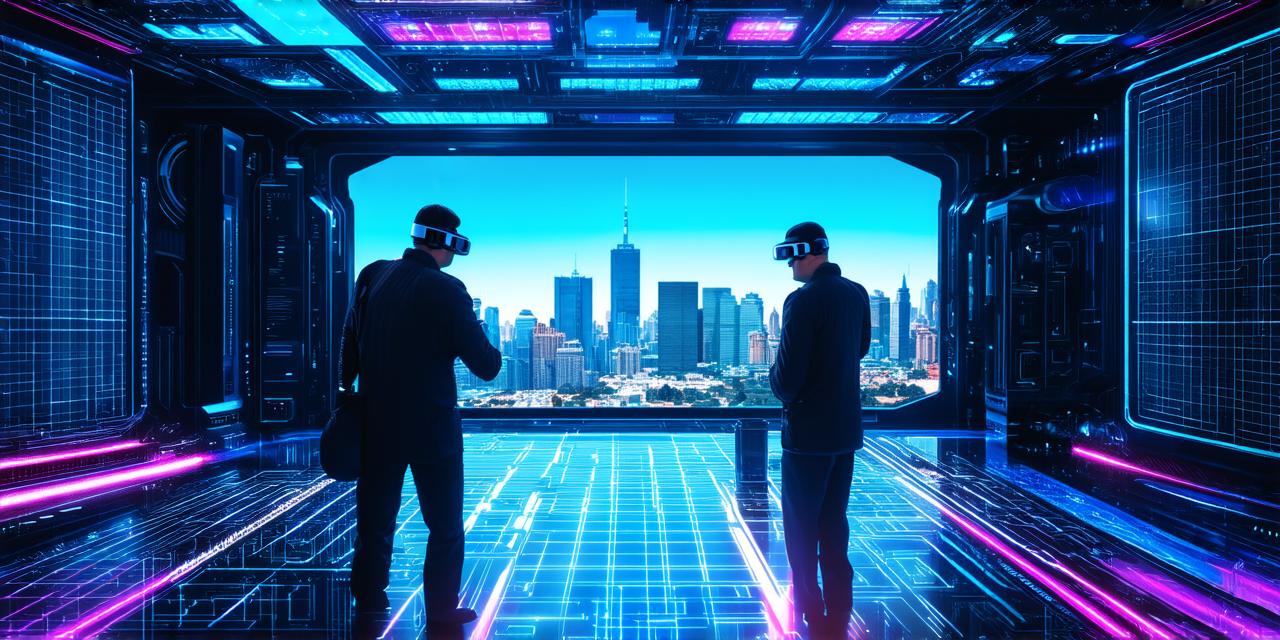Mixed reality (MR) is a technology that combines real-world and digital elements to create an immersive experience for users. While it may seem like a futuristic concept, MR has been around for decades and is becoming increasingly popular in various industries, including gaming, education, and healthcare.
What is Artificial Intelligence?
Artificial intelligence refers to the ability of a machine or computer program to perform tasks that typically require human intelligence, such as visual perception, speech recognition, decision-making, and language translation. AI systems use algorithms, data analysis, and machine learning techniques to learn from their environment and adapt to new situations.
What is Mixed Reality?
Mixed reality combines real-world elements with digital elements to create a hybrid experience for users. It can be achieved through various means, such as augmented reality (AR), virtual reality (VR), or a combination of both. AR adds digital overlays to the real world, while VR creates a completely artificial environment for users to interact with. Mixed reality blurs the line between the physical and digital worlds, allowing users to experience both at once.
Is Mixed Reality AI?
At first glance, it may seem that mixed reality is not AI because it involves combining real-world elements with digital ones, rather than relying solely on algorithms or machine learning. However, there are some aspects of mixed reality that can be considered AI.
For example, some MR systems use computer vision and object recognition techniques to track the physical world and identify objects within it. This allows the system to create a more accurate and interactive experience for users by overlaying digital elements onto the real world in a way that is relevant to the user’s environment. In this sense, mixed reality can be considered AI because it involves using algorithms and data analysis to enhance the user’s perception of the physical world.
Another aspect of MR that can be considered AI is its ability to adapt to the user’s preferences and behavior. For example, some MR systems can learn from the user’s interactions with the digital elements and adjust the overlay accordingly, making for a more personalized experience. This involves using machine learning techniques to analyze data on the user’s behavior and preferences, which is a hallmark of AI.
In conclusion, while mixed reality may not be AI in its entirety, there are aspects of it that can be considered AI. These include the use of computer vision and object recognition techniques to enhance the user’s perception of the physical world, as well as the ability to adapt to the user’s preferences and behavior through machine learning. As MR technology continues to evolve, we can expect to see even more integration of AI techniques into this immersive technology.



